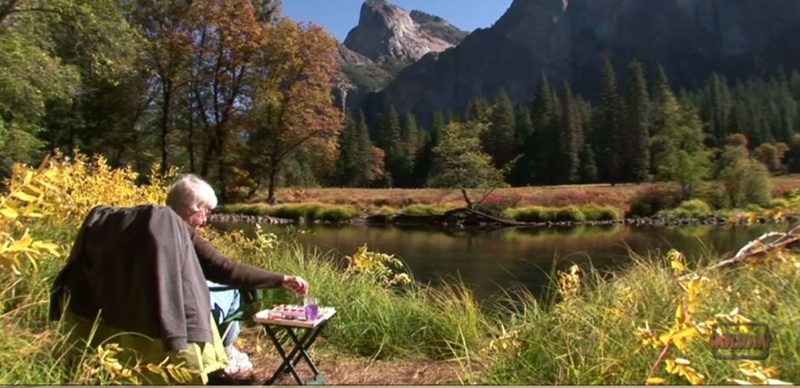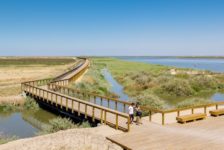A deeper look at the contribution that the Departments of Parks and Recreation have made to the world. In the late 1800s, parks were known as “pleasure grounds.” These large tracts of land were located on the edges of large cities and were meant to simulate the countryside for wealthy urban dwellers. This was the problem with these early parks — they weren’t meant to be used and enjoyed by the working class, who had no easy way to get to them. In 1930, Robert Moses, an early commissioner of New York City’s Parks Department, changed the way parks and recreation departments around the world operated. It was because of his justification for spending money on urban parks that other cities were able to follow his lead, grow their park systems, and create public spaces that are literally changing the way the world lives and plays.
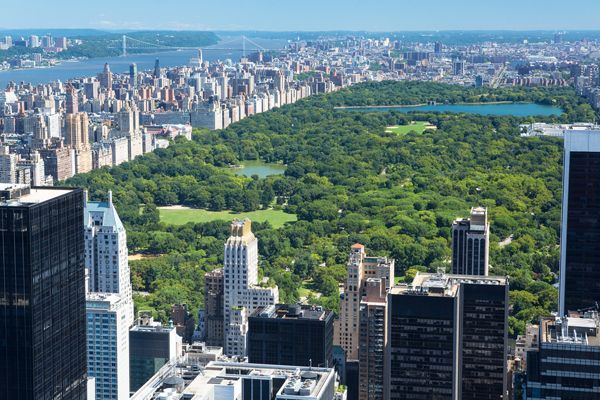
Can you imagine New York without Central Park; credit: shutterstock.com
Departments of Parks and Recreation
Nations Take the Lead One such park system that has not only brought recreation to the masses but has also been a leader in conservation and restoration is the United States National Park Service. According to its website, the national park system comprises 407 areas and covers more than 84 million acres, with public lands in every state, the District of Columbia, American Samoa, Guam, Puerto Rico, and the Virgin Islands. WATCH: An Epic sampling of America’s National Parks
These include national parks, monuments, battlefields, military parks, historical parks, historic sites, lakeshores, seashores, recreation areas, scenic rivers and trails, and even the White House. Their success and influence can be shown in their visitation rate: More than 273 million people visited a National Park Service site in 2013. Want more park related articles, check these out:
- Pocket Parks: Why size doesn’t matter
- Is The André Citroën Park Really One of The Worst Parks in Paris?
- The Flying Parks- From The Highline in New York to The Promenade Plantée in Paris!
Other countries have also turned to parks to teach the masses about conservation and sustainability. In places like China, where overpopulation and a lack of resources are common problems, parks are becoming more than just places to seek relaxation or play a game of pickup basketball.
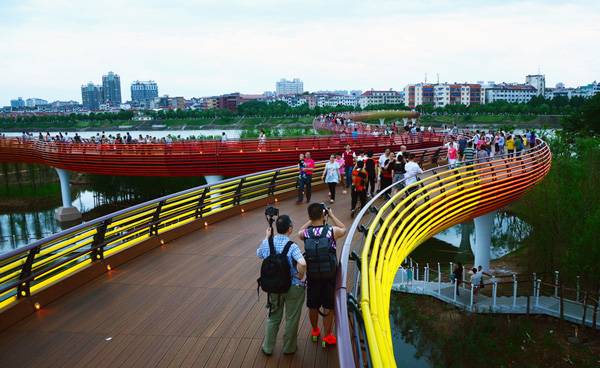
Yanweizhou Park – “40,000 visitors each day”. Credit: Turenscape
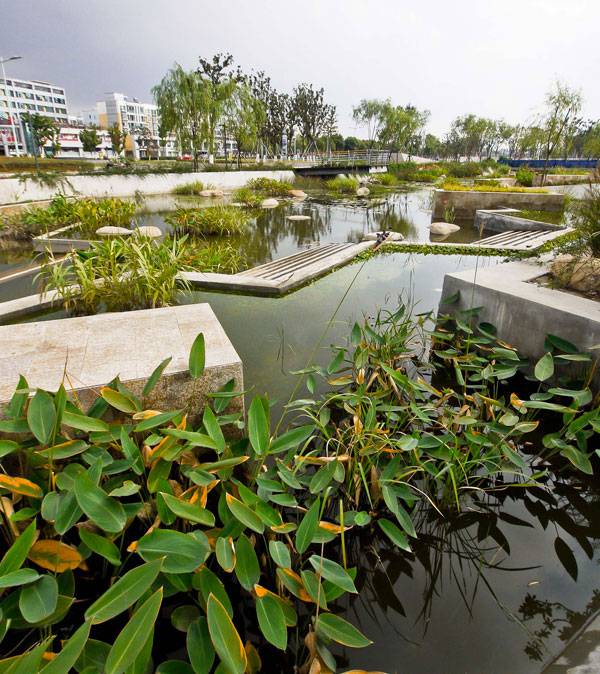
Lotus Lake Park – The parks upper ponds are large visual feature that include water cascades and plantings of the famed double-headed lotus flower. Credit: Integrated Planning and Design Inc.
Systems Becoming Models for Future Development Around the World And at the forefront of this park is public safety, due to its location. The land the park sits on is being capped with an impermeable plastic liner and eight additional layers of barrier material to separate the new park space from the landfill below. Systems in place to manage the landfill gas and leachate byproducts include visible white stacks of flare stations and the extensive underground network of piping and drainage channels. These systems are becoming models for cities around the world seeking to make the same reclamations.
No Park is Too Small for the Departments of Parks and Recreation
In addition to these grand gestures, smaller parks are also changing the lives of adults and children around the world who live in huge urban cities by simply giving them green areas in which to relax, play, and enjoy a rare glimpse of nature that they would otherwise not be able to experience.
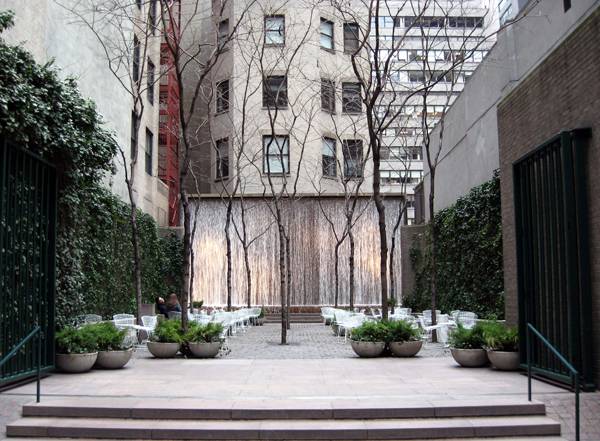
The coolest pocket park in the world – “Creative Commons Paley Park on a cloudy, chilly late winter afternoon”. By Jim.henderson licensed under CC
- Urban Design by Alex Krieger
- Digital Drawing for Landscape Architecture by Bradley Cantrell
Article by Erin Tharp Return to Homepage
Published in Blog


